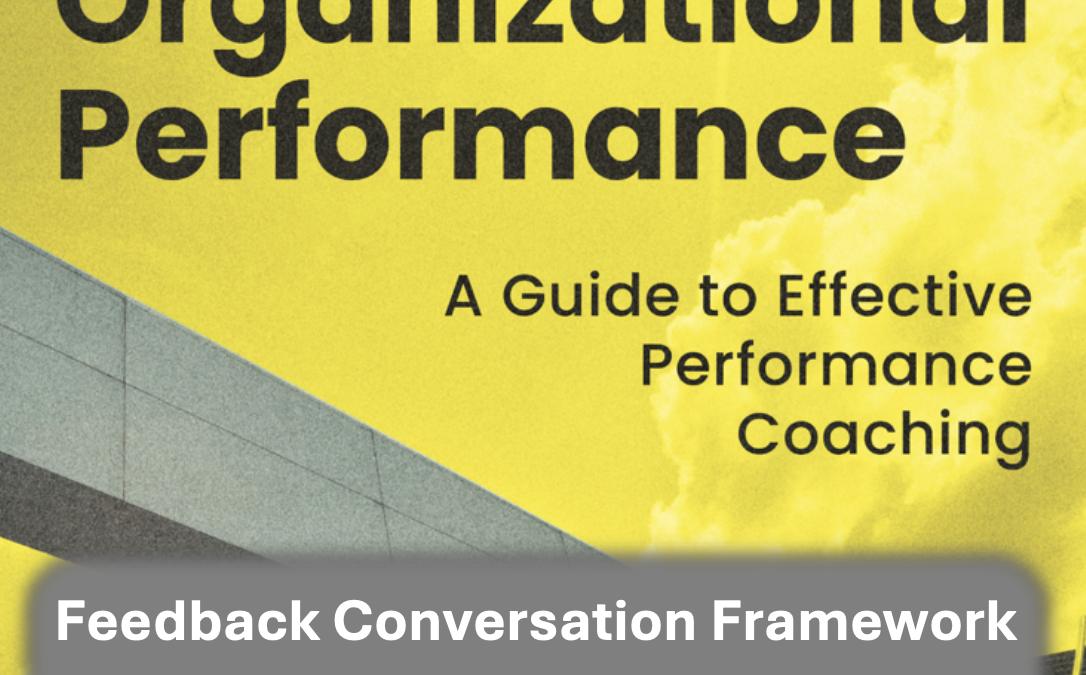
Coaching Goal setting is the backbone of performance coaching. But not all goals are equal. Enter the SMART framework. This powerful model helps to convert a vague goal into a specific, measurable, achievable, relevant and time-bound target. Here’s how it can help with your coaching and achieve better outcomes.
SMART is Specific, Measurable, Achievable, Relevant and Time-bound – each of which is essential to create goals that you will strive to achieve.
Specific: Vagueness is the enemy of progress. Don’t say ‘improve customer service’. Say: ‘Reduce customer complaint response time by 50 per cent.’ Specificity is about clarity, which in turn is about getting things done.
Measurable: if you can’t measure it, you can’t manage it. Quantifiable targets are easily tracked and acknowledged. ‘Increase sales’ becomes ‘increase monthly sales by 15 per cent over the next quarter’. You stay motivated because you can track and celebrate your progress along the path, and you go back and change the path if you’re not moving at the rate you wanted.
Achievable: at the same time that stretch goals can be appropriate, impossible goals are disheartening. Goals need to stretch your team members, but they have to be possible given the tools they have to work with and the skills they have to bring to bear – that’s the Goldilocks zone somewhere between sleepy satisfaction and debilitating frustration.
Relevant: the goal must link to broader organizational objectives and individual career goals in order to get buy-in and sustain effort. An example of a relevant goal would be a marketing specialist who wants to improve their public speaking skills in order to wow clients with impactful and memorable product presentations.
Time-bound: Deadlines bring a sense of urgency and remove the possibility of goals being put off forever. ‘By the end of Q3’ or ‘within the next 30 days’ makes vague intentions actionable.
Using SMART goals for coaching is not just a question of filling in the blanks of a formula, but of facilitating a conversation that helps your team members better understand their aspirations and identify a path to success. The coach’s role is to help steer the process by asking probing questions and providing feedback to clarify, refine and strengthen the goal.
SMART goals are fluid, after all, and they should be reviewed and updated often. Things change, new information surfaces, and priorities shift. Encourage your team members to check in on their goals regularly, celebrating successes and resetting them as needed.
Here’s another reason that SMART goals are so intoxicating: watching yourself advance measurably toward quantified goals increases confidence and motivation. It builds self-efficacy. This can create a positive spiral, with the desire to achieve one’s goals feeding upon the desire to achieve more.
But beware pitfalls. An overuse of SMART goals can pave the way towards obsessing over ‘easy measures’ rather than also focusing on equally important, but less measurable, goals. Balance is important. Use SMART goals as a powerful tool in your coaching toolbox, but don’t let them be the only tool.
To sum up, SMART goal setting in performance coaching is a game changer. It leads your team members to set a Specific, Measurable, Achievable, Relevant and Time-bounded goals, thereby not only helping them to clarify their objectives, but also to take concrete steps towards actualizing their potential – and thereby strengthening organizational excellence as well.
#SMARTGoals #PerformanceCoaching #GoalSetting #EmployeeDevelopment #LeadershipStrategy #OrganizationalExcellence #MaximizeOrgPerf
Image credits: ©Cultivate Advisors


